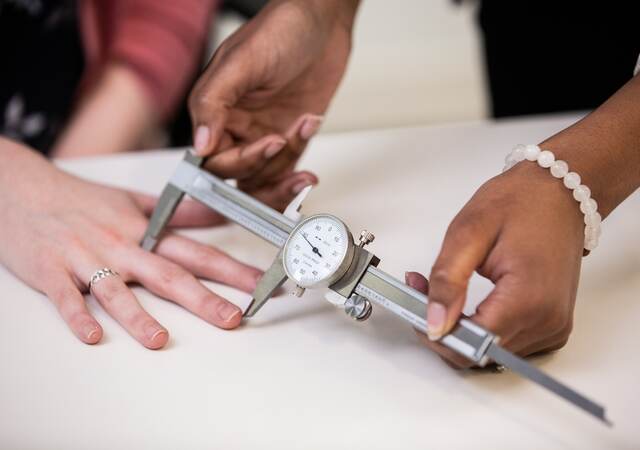January 25, 2024
By Erin Davis
We assert, and perhaps you agree, that most medical device use errors are induced by user interface (UI) design flaws and not by user ineptitude. Disbelievers need only to observe a few usability test sessions to witness the pattern of repeated use errors that particular UI design flaws can induce if the device has not already been “scrubbed clean” of such flaws.
Some flaws can be detected through usability inspection methods such as expert reviews (i.e., product critiques). Other flaws might become evident only when you conduct a usability test with representative users.
As you might expect, a particular UI design flaw is unlikely to cause every usability test participant to make a mistake. For example, only a few people might commit a specific use error during a usability test involving 30, 45, or even more participants. However, even if there is just one use error, that error warrants close examination to determine if there is a way to improve the UI to eliminate the opportunity for it to occur, or at least to reduce its likelihood. This approach aligns with the general strategy of performing a thorough use-related risk analysis.
Many use errors can be avoided by applying HFE design principles during UI design. Reference literature such as AAMI HE75 and online tools, like our OPUS Design Recommendation Library, are packed with these types of design principles.
Below are some of the common UI design flaws that our team has observed inducing serious medical device use errors.
Inadequate feedback
Problem: Users can become confused and/or induced to err by UIs that provide little, delayed, or no feedback through the available channels (e.g., visual, tactile, audio).
Sample use error: User presses a button a second time unnecessarily because they believe the device did not register the first press due to not feeling a click.
Consequence: The double button press initially activates and then deactivates a function.
Insufficient touchscreen sensitivity
Problem: Users are more prone to input errors when a touch screen does not respond readily and accurately to a touch.
Sample use error: User intended to select one menu item, but the touch screen registers the touch as targeting the menu item just below it.
Consequence: User cannot access the desired function or is delayed in doing so.
Too many procedural steps
Problem: A procedure that includes many steps and/or complex steps can lead users to confuse steps, perform steps incorrectly, and/or skip critical steps.
Sample use error: User forgets to brush an endoscope’s instrument channel inlet three times due to the extensive number of steps to reprocess the endoscope.
Consequence: Potential infection due to contaminated endoscope
Insufficient guards
Problem: Users can unintentionally activate a device function when the control is exposed to inadvertent actuation and/or there is no confirmation required to make a change.
Sample use error: User changes a patient monitor’s mode inadvertently when their finger brushes the mode button as they reach for a different button.
Consequence: Patient does not receive adequate monitoring of their vitals.
Broadly compatible connectors
Problem: Users can connect tubes and cables to the wrong ports when visual and tactile cues regarding the proper connections are insufficient and when such connections are physically possible.
Sample use error: User connects an oxygen tube to an intravenous access because the two components fit together.
Consequence: High-pressure oxygen flows into patient’s bloodstream via intravenous access.
Even among this small set of examples, it’s clear that any part of the UI can be prone to flaws, whether it be the software, hardware, or labelling. As such, HF specialists are well-served to have knowledge of UI design principles – and be on the lookout for design elements that do not align with them – so that product development teams can proactively mitigate use issues, rather than waiting for a usability test participant’s performance to reveal the need to address such flaws.
Erin Davis is Associate Research Director, Human Factors at Emergo by UL.
Request more information from our specialists
Thanks for your interest in our products and services. Let's collect some information so we can connect you with the right person.






